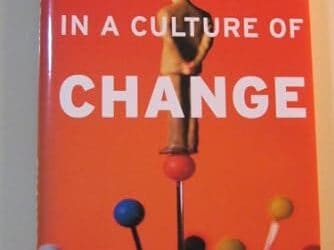Game. Changer.
As a change agent, I wish I had read this book years ago! There were several noteworthy takeaways from this book:
-
People have a finite ability to endure change
-
Sustainable change is only possible when we influence people’s emotions
-
What looks like a people problem is often a situation problem, and
-
What looks like resistance is often a lack of clarity.
The authors have created a powerful image to describe how the brain responds to change. They represent the emotional side as the ‘elephant’ – which impacts our instincts, feelings of pain, and pleasure. They illustrate how our rational side, the ‘rider,’ is the side of us that deliberates, analyzes, and looks at the future. As we can imagine, when push comes to shove, the elephant (our emotions) will always win over the rider (our rationale) when doubt or exhaustion is at play.
To combat this power inequality, the authors have provided an easy-to-follow framework for initiating successful and sustainable change:
- Direct the rider
- Find the bright spots – talk to people doing things right, have new ideas, and consider what could be done to expand their approach.
- Script the critical moves from start to finish.
- Offer clarity by providing data and analytics.
- Motivate the elephant
- Shrink the change by avoiding significant, overwhelming change all at once. Approach change, step-by-step.
- Find the feelings by identifying the crucial outcomes and emotions attached to those outcomes. Determine what matters to people and why.
- Celebrate success at every step.
- Shape the path
- Tweak the environment by removing barriers that make it easier for colleagues to achieve results.
- Create habits around every small step of the change.
- Rally the herd by communicating constantly, and continue encouraging your team with positive news and outcomes.
And one final piece of advice for all those change agents: remember that small steps will always lead to more considerable change when implementing any future change initiatives.
To read our previous blogs, visit: https://www.leadvantage.ca/blog




